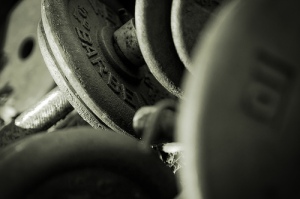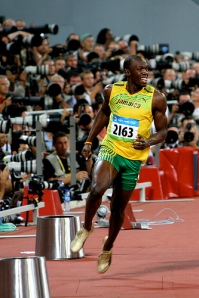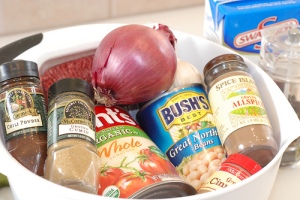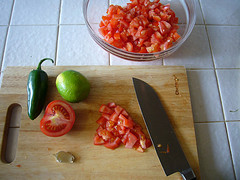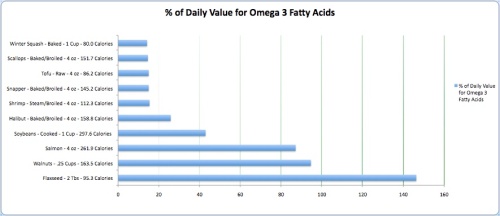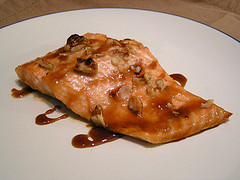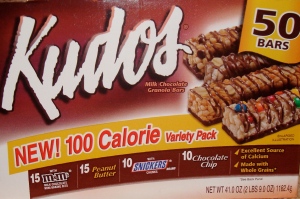After one of my last posts when we talked about body fat percentage, I decided to take a look at some of the different, most practical ways to test your body fat percentage to see which was the most accurate.
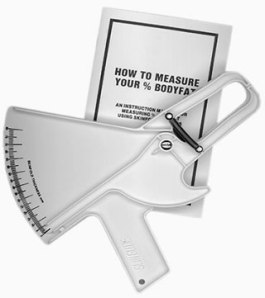 Calipers (A.K.A. Skinfold measurement)
Calipers (A.K.A. Skinfold measurement)
If you buy calipers, this is a body fat percentage test that you can do at home, but I would recommend going to a gym and having a personal trainer do it for you. They will be more accurate most of the time. So that’s what I did. I went to my gym and had a personal trainer measure my body fat using the caliper system
Basically, the caliper measurement system takes readings from various parts of your body (in this case, I was tested on my bicep, tricep, love handles, and on the back [subscapula]) to determine the skinfold thickness when pinched by the calipers. Here’s a great article from ABC Body Building that explains just how to use the caliper system.
Once the measurements are taken, they are plugged into an equation to determine your body fat percentage. This particular measuring technique put my body fat percentage at 13%.
Benefits: This is a chep, easy to use device for calculating your body fat percentage
Drawbacks: User error can alter the percentages quite a bit. It’s recommended that you follow the instructions and take multiple readings on each testing site of the body to gain more accuracy.
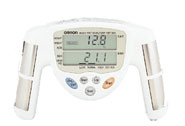 Bioelectrical Impedence Method
Bioelectrical Impedence Method
This is a more private way to test your body fat percentage that doesn’t require another person to be involved. The device looks almost like a video game controller! Basically, this particular method sends a minute electric current through your body in order to determine your body fat percentage (Don’t worry, it’s completely harmless!!)
Given that the current moves slower through fat as opposed to lean body mass (water, muscle, bone), the device can calculate body fat percentage based on the time it takes for the electric current to travel through the body. In an article by New Fitness:
Impedance is greatest in fat tissue, which contains only 10-20% water, while fat-free mass, which contains 70-75% water, allows the signal to pass much more easily. By using the impedance measurements along with a person’s height and weight, and body type (gender, age, fitness level), it is possible to calculate the percentage of body fat, fat-free mass, hydration level, and other body composition values.
I decided to buy a Bioelectrical Impedence device in order to test my body fat percentage. The device calculated my body fat percentage between 11.2% and 12%, depending on when I tested it. The instructions recommend that you test it when you wake up, 2 hours after breakfast before lunch (I love how they’re basing the schedule on a 3 meal a day plan!!! HA!!!), 2 hours after lunch, and 2 hours after dinner. I tested at all of those times.
Benefits: This is also fairly cheap (GNC sells this device for $39.99, but support your local nutritional supplement stores for everything else please!) and it provides you the privacy of being able to test your body fat percentage in the comfort of your own home without anyone else being present.
Drawbacks: Whether or not you are hydrated has a HUGE outcome on the reading. I decided to make myself dehydrated and when I tested, it told me that I was at 7.4% body fat!!! Wow, if only that were true. My suggestion is to take multiple readings at the times suggested above.
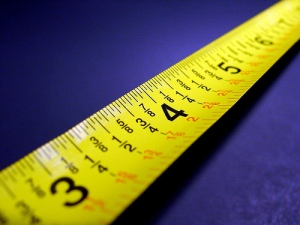 Home body fat percentage test:
Home body fat percentage test:
Here’s one of the more popular body fat testing techniques. This can be done on a website such as Cholesterol Network and basically utilizes measurements taken from your waist, neck, hips, forearm, and wrist in conjunction with your age, weight and sex. It’s simple, you take the measurements and plug them into the website and based on the information you provide, the website estimates your body fat percentage.
I measured myself and plugged in the information and the website guessed that I had about 12.5% body fat.
Benefits: It’s private, easy to use and you only have to have a tape measure and a scale to do it!
Drawbacks: While it is based off of studies that have been done, it’s still just an estimate. Also, if you are a person that is “skinny, but not fit”, the numbers can be a little off.
Overall, I tested on three different techniques and got a number that was consistent (maybe even accurate?) across the board + or – 1%. That’s pretty good! Of course, the “gold standard” of testing body fat percentage is the underwater weighing method, but other than university labratories, the closest testing center is in San Diego! I’m working on finding a place to test this to validate my findings using the other three methods most commonly used.
photo provided by flickr user Darren Hester



